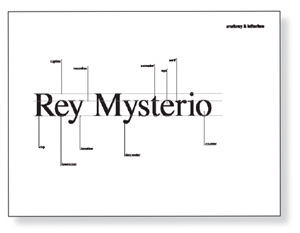 Topics Covered
Topics Covered
The 5 Classifications of Type – with so many typefaces, it is important to be able to distinguish and categorize the different varieties. Knowing the various characteristics of the different classifications will help to make identifying type a bit easier.
- Old Style (Garamond is one example)
- Transitional (Baskerville is one example)
- Modern (Bodoni is one example)
- Egyptian or Slab-Serifs (Rockwell is one example)
- Sans Serifs (Helvetica is one example)
The reading assignment, The History of Type contains all the information about the different classifications.
Homework
- Prepare for Quiz #1 for Friday, 2/21/14 (will include 5-10 questions covering everything we’ve talked about so far, including readings)
- Type Book – Choose a performer, famous person, or fictional character about whom you will do your type book assignments. You will use this person’s name or text about them to thematically tie the exercises together.
- Create a 1-page document (use the grid in the Dropbox folder)
- The document has 5 columns. In the 5th column, title the page: Anatomy and Letterforms
- In the 1st to 4th column, type the name of your performer or famous person. Use these type specifications: Times, C/lc, approximately 120 pts and adjust if the type size is too big for the name you are using.
- Align the baseline of this word with the first your horizontal guides
- Use the LINE TOOL from your tool menu and PLACE a horizontal line indicating the baseline, meanline, and capline. These lines should be gray.
- Use the LINE TOOL again and set lines and/or arrow to identify the following:
- baseline (gray line)
- meanline (gray line)
- capline (gray line)
- serif
- counter
- x-height
- ascenders
- descenders
- When completed save your INDESIGN file as ADV1167_yourname_anatomy
- Then save again as a PDF: Go to FIle > Export > ADOBE PDF > ADV1167_yourname_anatomy.pdf



